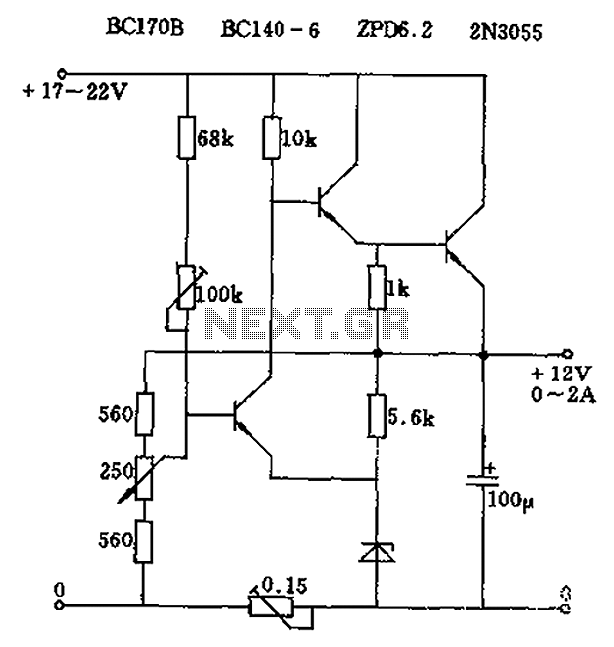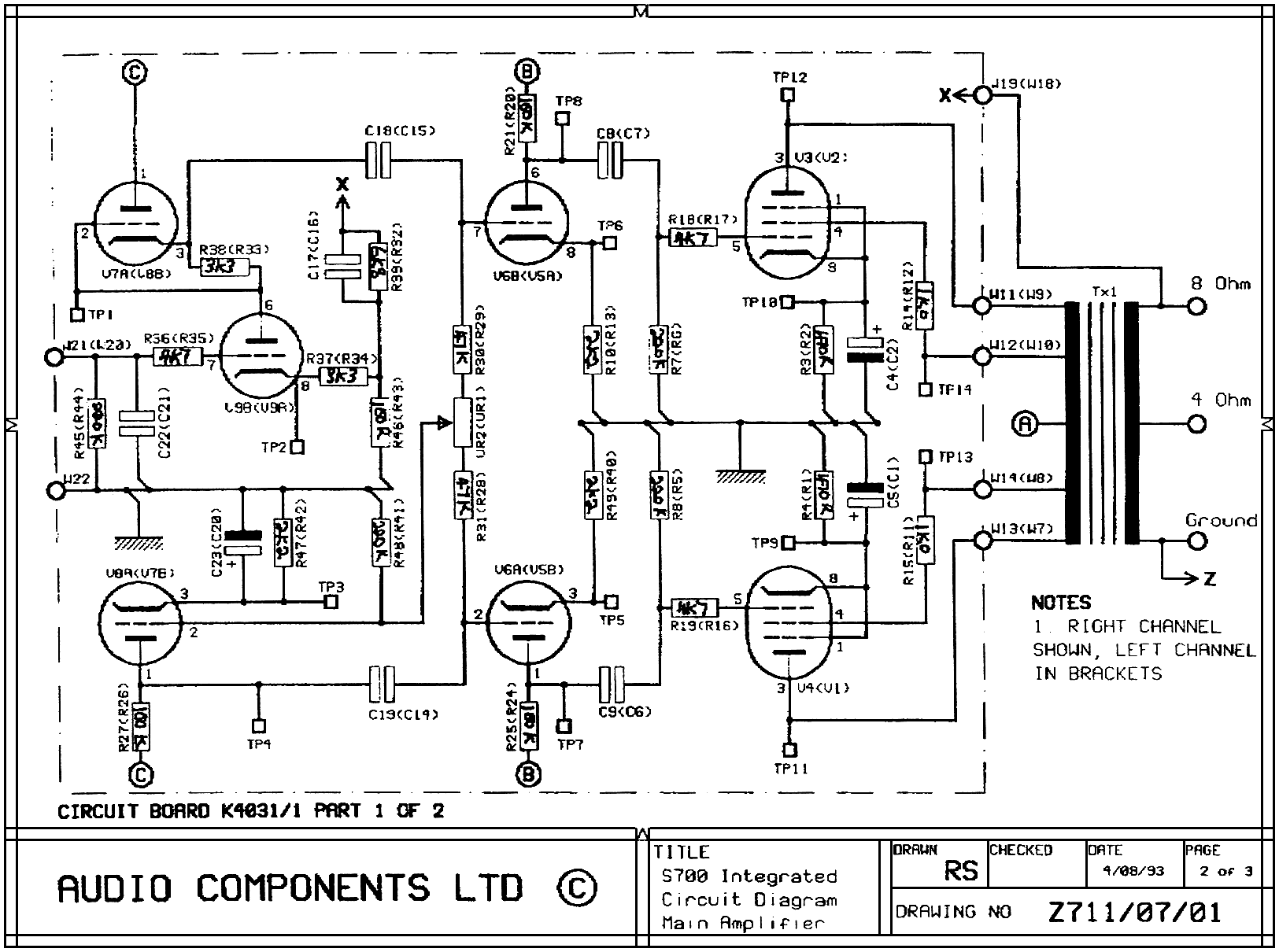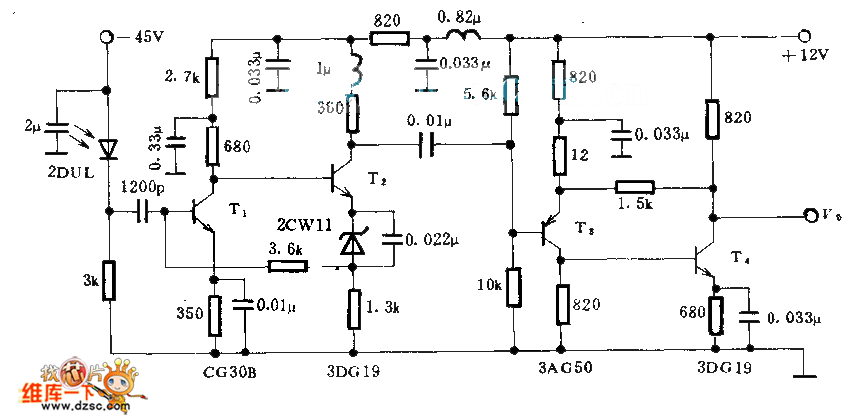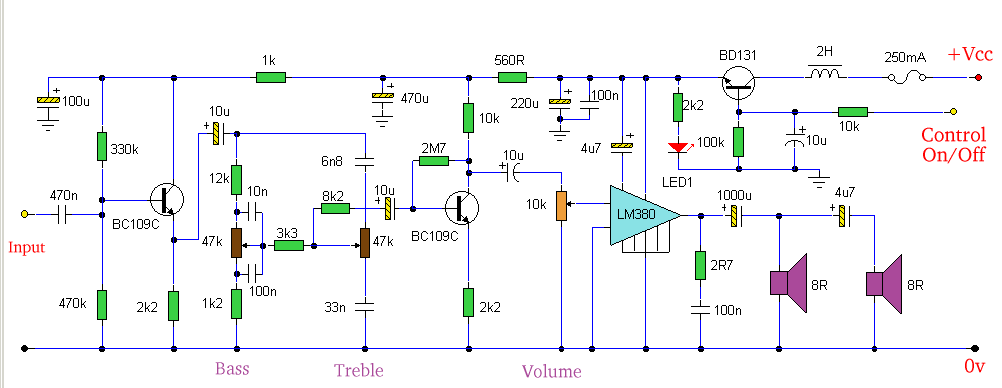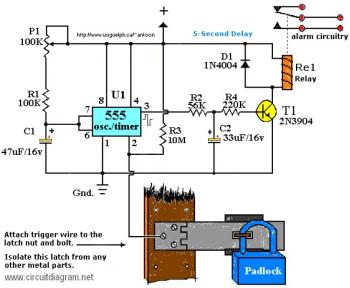
pH Sensors LMP91200 Schematic Diagram

The LMP91200 is a configurable sensor analog front-end (AFE) designed for managing low-power analytical sensing applications, specifically for 2-electrode sensors. This device offers all the necessary functionality to detect changes based on a delta voltage from the sensor. It is optimized for low-power applications and operates within a voltage range of 1.8V to 5.5V. With its extremely low input bias current, the LMP91200 is particularly suited for use with pH sensors.
The LMP91200 serves as a versatile analog front-end for various sensor applications, particularly in environments where power efficiency is critical. The device is engineered to interface with 2-electrode sensors, making it ideal for applications such as pH measurement, where accurate voltage changes are essential for determining the sensor's output.
In terms of functionality, the LMP91200 incorporates a high-impedance input stage that minimizes the loading effect on the sensor, thereby ensuring accurate readings. The low input bias current is particularly advantageous for pH sensors, as it reduces the drift and noise in the measurement, enhancing the stability and reliability of the data collected.
The operational voltage range of 1.8V to 5.5V allows the LMP91200 to be integrated into a variety of systems, accommodating different power supply requirements. This flexibility is crucial for battery-operated devices or portable applications where power consumption must be minimized.
The LMP91200 also features configurable gain settings, enabling users to tailor the amplification of the sensor signal according to specific application needs. This adaptability is essential in precision measurement scenarios, where the signal levels can vary significantly.
Overall, the LMP91200 is a robust and efficient solution for low-power analytical sensing applications, providing the necessary tools to achieve accurate and reliable measurements in a wide range of environments.The LMP91200 is a configurable sensor AFE instead of manage indoors low power analytical sensing applications. The LMP91200 is designed for 2-electrode sensors. This device provides all of the functionality looked-for to detect changes based on a delta voltage on the sensor.
Optimized pro low-power applications, the LMP91200 machinery completed a voltage range of 1. 8V to 5. 5V. With its tremendously low input bias current it is optimized for use with pH sensors. You are reading the Circuits of pH Sensors LMP91200 And this circuit permalink url it is 🔗 External reference
The LMP91200 serves as a versatile analog front-end for various sensor applications, particularly in environments where power efficiency is critical. The device is engineered to interface with 2-electrode sensors, making it ideal for applications such as pH measurement, where accurate voltage changes are essential for determining the sensor's output.
In terms of functionality, the LMP91200 incorporates a high-impedance input stage that minimizes the loading effect on the sensor, thereby ensuring accurate readings. The low input bias current is particularly advantageous for pH sensors, as it reduces the drift and noise in the measurement, enhancing the stability and reliability of the data collected.
The operational voltage range of 1.8V to 5.5V allows the LMP91200 to be integrated into a variety of systems, accommodating different power supply requirements. This flexibility is crucial for battery-operated devices or portable applications where power consumption must be minimized.
The LMP91200 also features configurable gain settings, enabling users to tailor the amplification of the sensor signal according to specific application needs. This adaptability is essential in precision measurement scenarios, where the signal levels can vary significantly.
Overall, the LMP91200 is a robust and efficient solution for low-power analytical sensing applications, providing the necessary tools to achieve accurate and reliable measurements in a wide range of environments.The LMP91200 is a configurable sensor AFE instead of manage indoors low power analytical sensing applications. The LMP91200 is designed for 2-electrode sensors. This device provides all of the functionality looked-for to detect changes based on a delta voltage on the sensor.
Optimized pro low-power applications, the LMP91200 machinery completed a voltage range of 1. 8V to 5. 5V. With its tremendously low input bias current it is optimized for use with pH sensors. You are reading the Circuits of pH Sensors LMP91200 And this circuit permalink url it is 🔗 External reference
